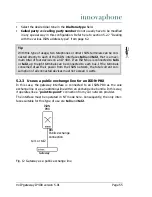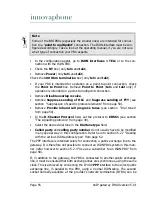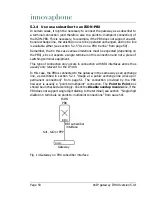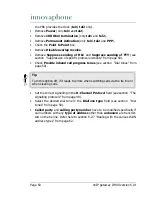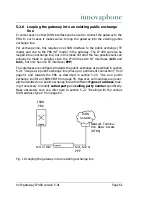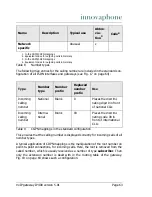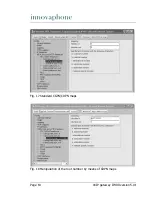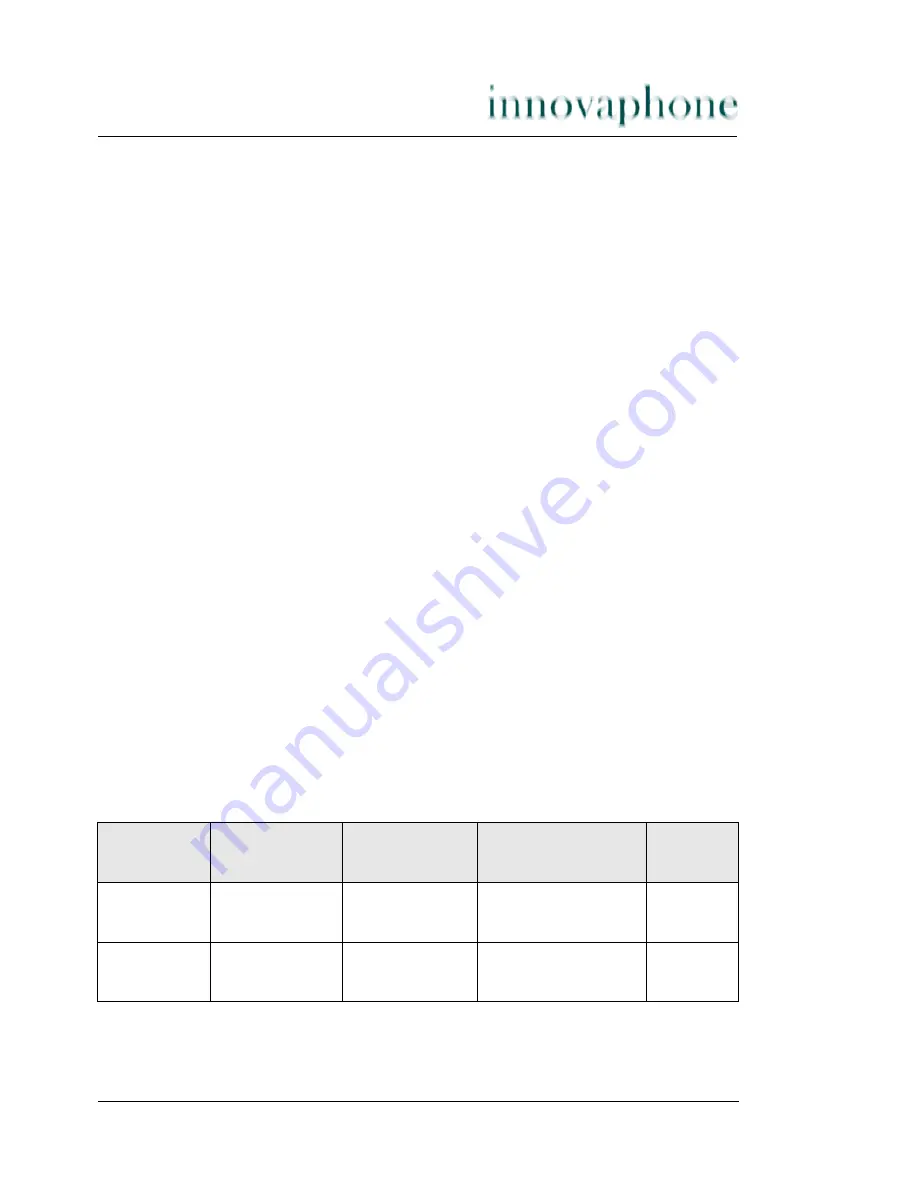
VoIP gateway IP400 version 5.01
Page 49
Volume adjustment
In some cases, it is desirable to adjust the basic volume level of an interface. The
volume of the ISDN interfaces can be set, in the configuration applet, under
Con-
fig > ISDN, tone and HTTP Interfaces > TEL
or
PRI
under
Interface con-
figuration
in the
Volume
field, in the range from
-31
to
+32
. The units of the
volumes setting are Decibels. No entry, or the value
0
corresponds to the factory
setting. A -ve entry reduces the volume and a +ve entry increases the volume of
the associated interface.
The signalling protocols
Basically, the gateways support two different D channel protocols on the ISDN
interfaces: Euro ISDN (EDSS1) and QSIG.
Euro-ISDN is the type of signalling that has gained worldwide acceptance for ISDN
subscriber interfaces and, despite the name, is also common outside Europe. The
chief exception at the moment is the United States, where other digital signalling
methods are generally used.
QSIG is a standardised signalling protocol, that is mainly used to connect PBXs.
Here,
basic call
and
tunnelling
are supported by the gateways. This allows, in
particular, homogenous PBX systems to be linked with QSIG, in which manufac-
turer-specific properties are exchanged via QSIG.
Unfortunately, there are several variants of the QSIG standard and various imple-
mentations; some conform more and some less to the standard. The gateways
therefore support 3 different variants which vary with regard to
• the length of the
call reference
,
• the coding of the
channel id
and
• the numbering of the B channels
The following table specifies the differences.
Table 6
Differences between the QSIG variants
Variant
Call refer-
ence
length
Channel ID
coding
Numbering of the
B channels
Use
QSIG
1 byte
As with basic
rate
S0
QSIG-PRI-
ECMA1
2 bytes
As for
pri-
mary rate
1 to 30
S0





















